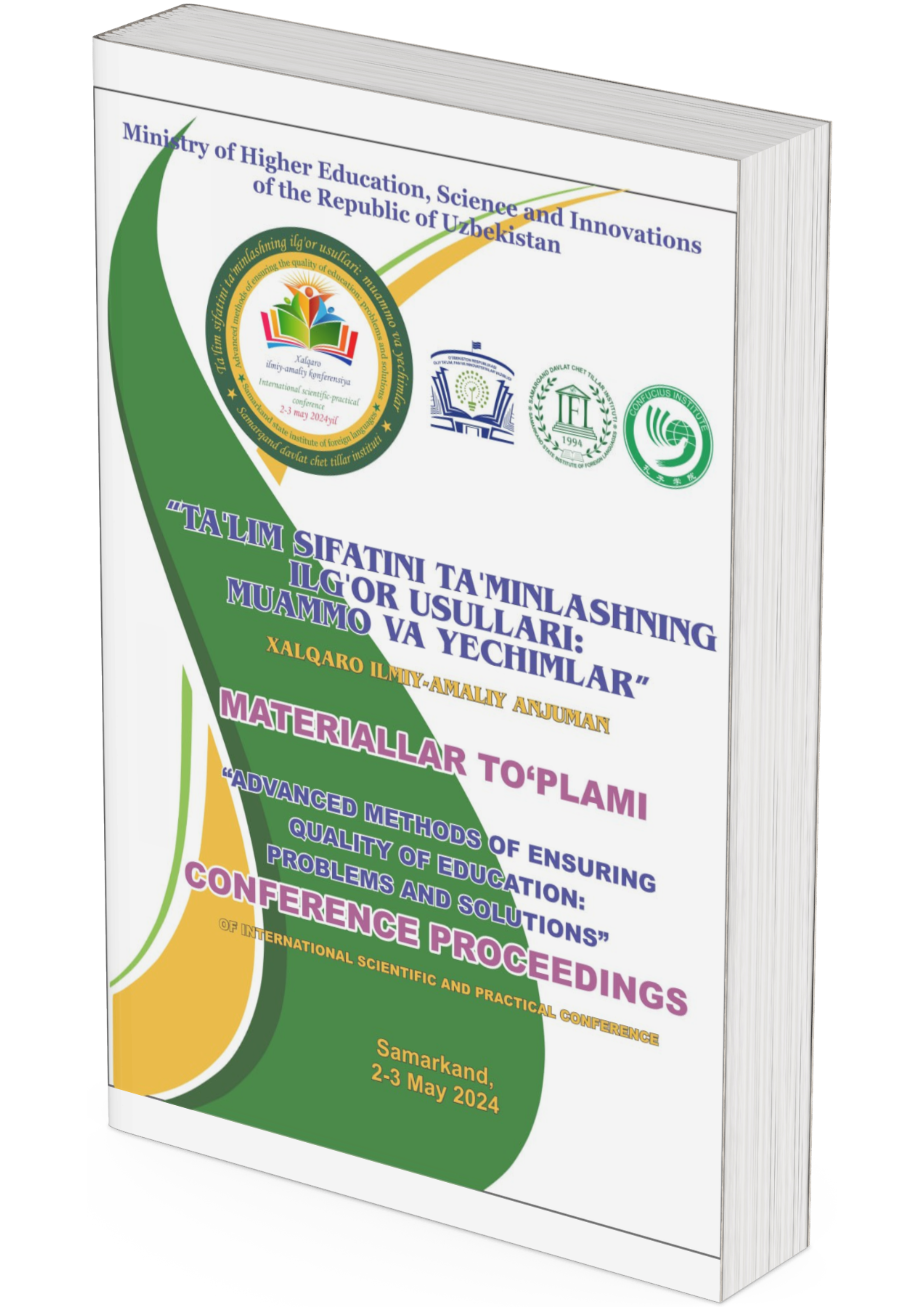IMPROVING QUALITY OF EDUCATION
DOI:
https://doi.org/10.2024/0hm9jg63Keywords:
Education, quality improvement, teachers, curriculum development, technology integration, community involvement, assessment, feedback mechanisms.Abstract
This article examines various strategies and approaches for improving the quality of education. It explores the role of teachers, curriculum development, technology integration, and community involvement in enhancing educational outcomes. The article also discusses the importance of continuous assessment and feedback mechanisms to monitor and improve the quality of education. Overall, it highlights the need for a holistic and collaborative approach to address challenges in education and ensure that all students have access to high-quality learning experiences.
References
Braun, H., Kanjee, A., Bettinger, E., & Kremer, M. (2006). Improving education through assessment, innovation, and evaluation. Cambridge, MA: American Academy of Arts and Sciences.
Kremer, M., & Holla, A. (2009). Improving education in the developing world: what have we learned from randomized evaluations? Annu. Rev. Econ., 1(1), 513-542.
Stigler, James W., and James Hiebert. The teaching gap: Best ideas from the world's teachers for improving education in the classroom. Simon and Schuster, 2009.
Ganimian, Alejandro J., and Richard J. Murnane. "Improving education in developing countries: Lessons from rigorous impact evaluations." Review of Educational Research 86, no. 3 (2016): 719-755.
Ganimian, Alejandro J., and Richard J. Murnane. "Improving education in developing countries: Lessons from rigorous impact evaluations." Review of Educational Research 86, no. 3 (2016): 719-755.
Downloads
Published
Conference Proceedings Volume
Section
License
Copyright (c) 2024 Farida Axmedjanova, Hulkar Bahodirova (Author)

This work is licensed under a Creative Commons Attribution 4.0 International License.









